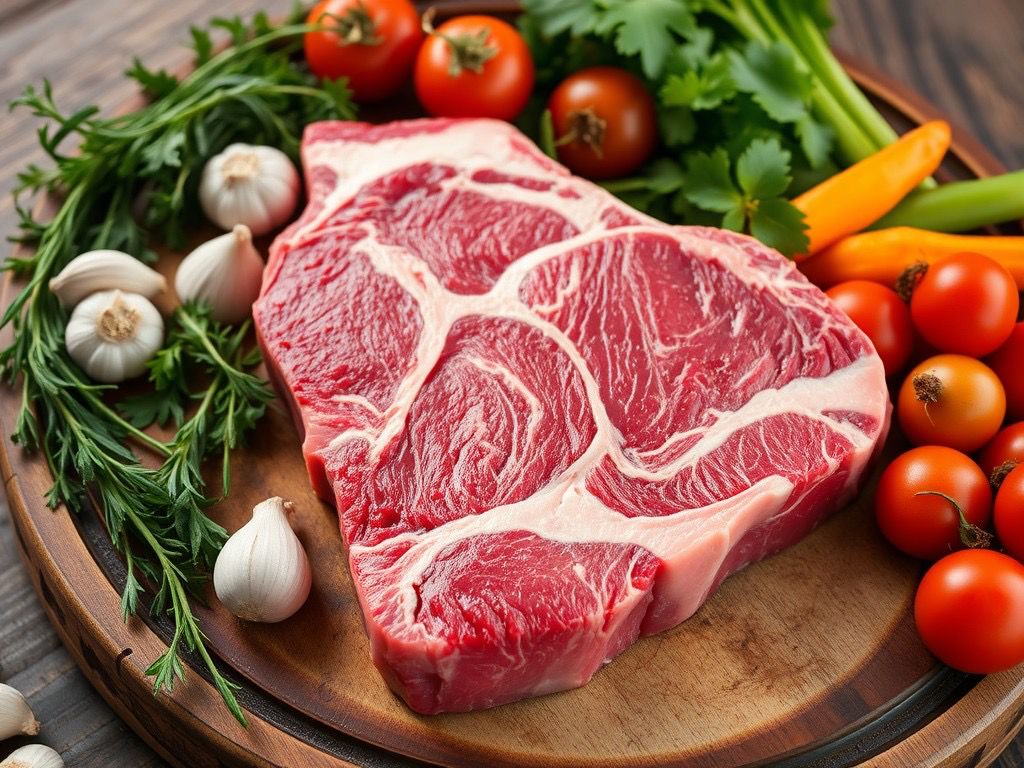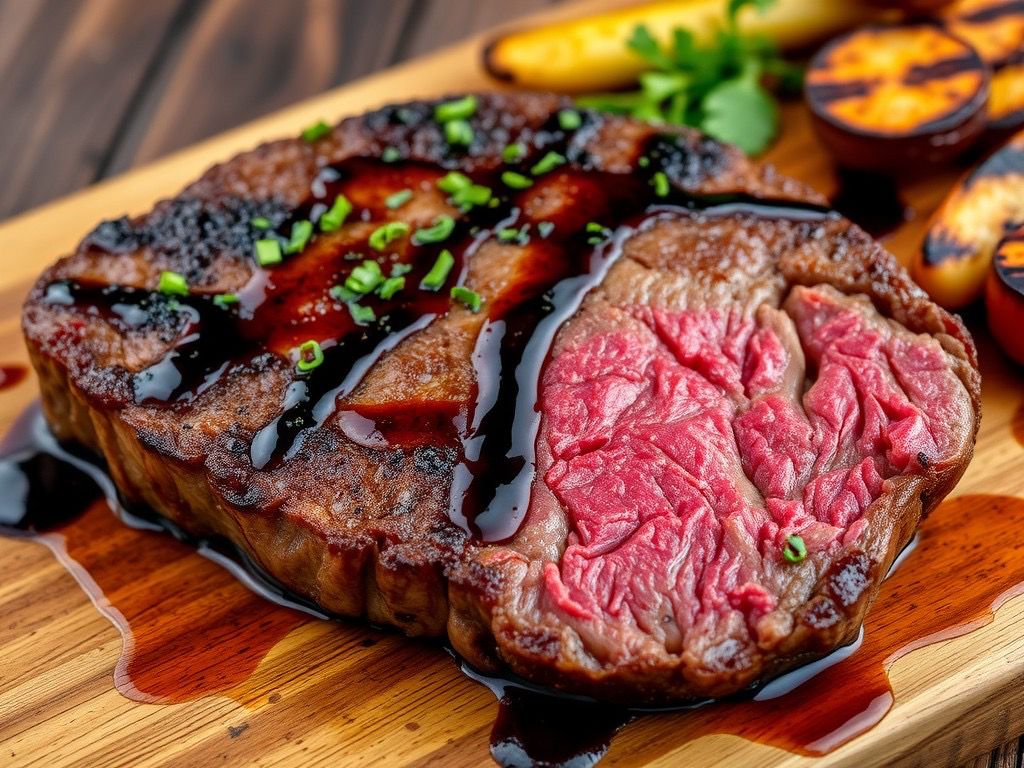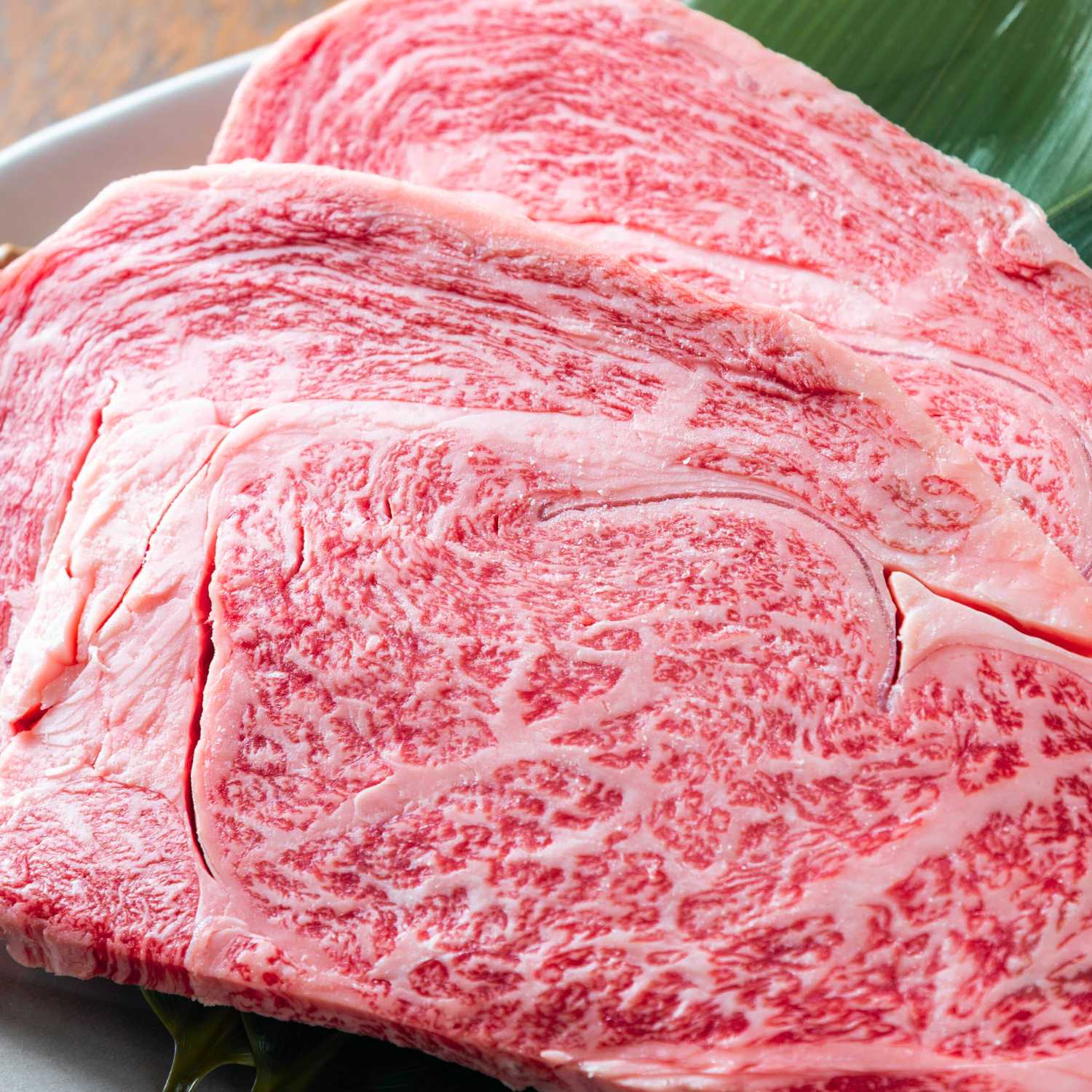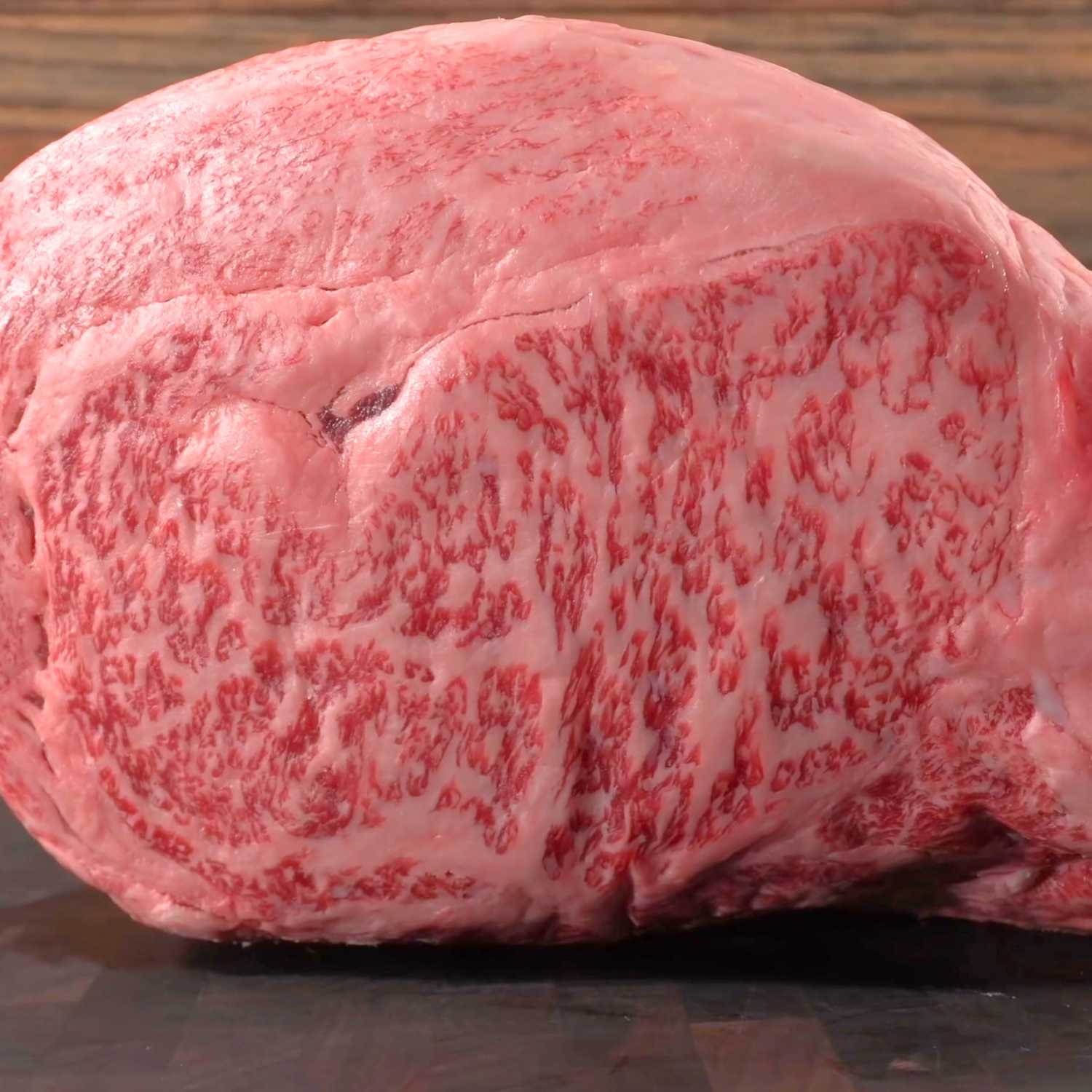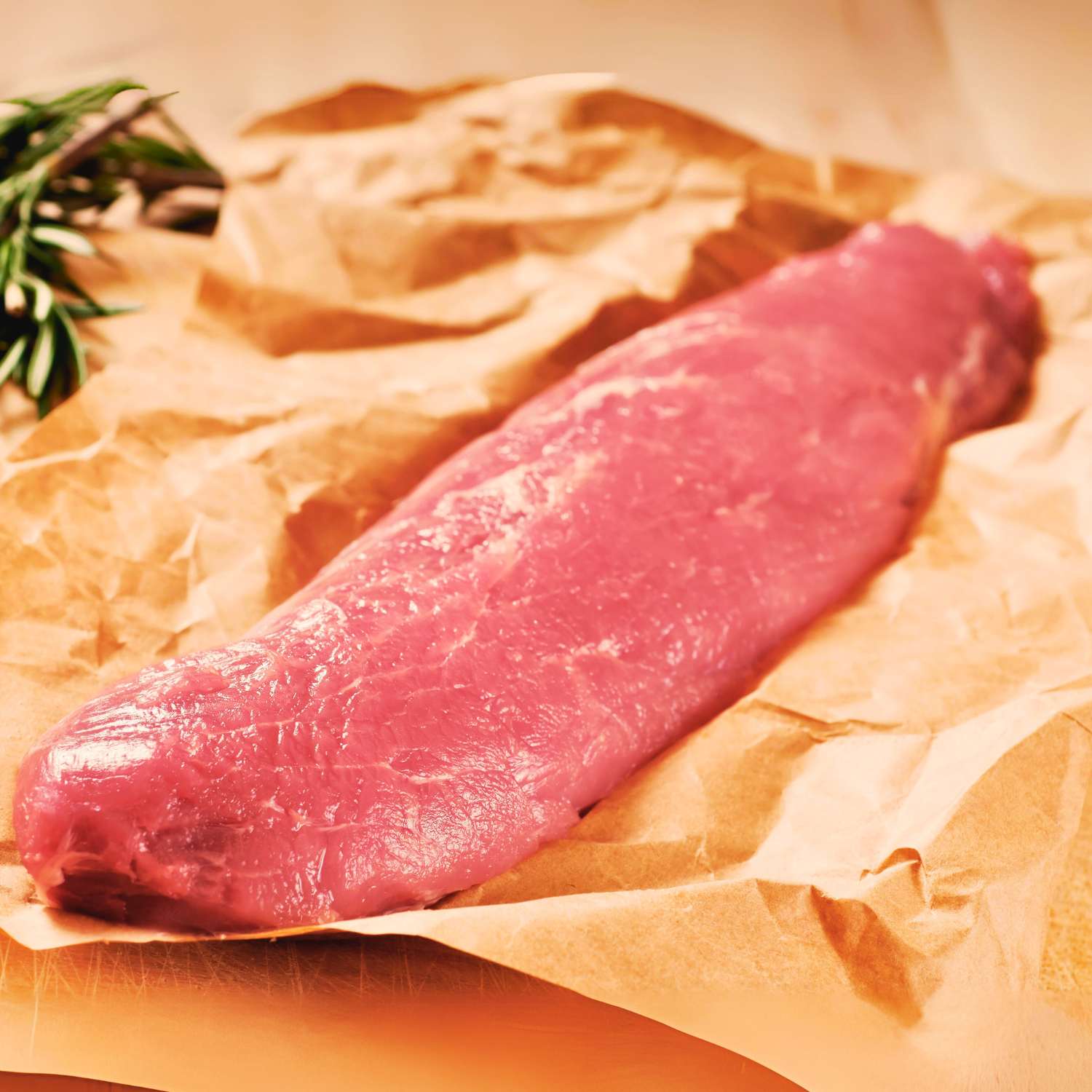Choosing the Right Beef Cuts for Grilling
Understanding Beef Cuts
To grill beef right, it's key to know your cuts. Muscle use changes how tender a cut is. For grilling, you want less used muscles. These are juicier and more tender. Think about where on the cow the beef comes from. Forequarter cuts are tougher. Hindquarter cuts are often softer. Each piece comes with its own flavor and texture. By understanding beef cuts, you cook them to perfection every time.

Best Cuts of Beef for Grilling
When it comes to grilling beef, not all cuts are equal. Here's a list of top choices:
- Ribeye: Known for its marbling, it's juicy and full of flavor. Perfect for a quick, hot grill.
- Sirloin: Less fat than ribeye but still tender. It's a good pick for a balanced meal.
- Tenderloin: Also called filet mignon. It's the most tender but less flavorful.
- T-Bone: Offers two types of meat in one cut, the flavorful strip and delicate tenderloin.
- Flank: Lean and strong in beefy taste, best when marinated and sliced against the grain.
- Chuck Eye: A budget-friendly option that delivers a good mix of tenderness and flavor.
Choose wisely for the best grill experience!
Tips for Buying Quality Beef for Your Grill
When shopping for grill-ready beef, keep these tips in mind:
- Choose Freshness: Opt for beef that looks bright red. It should not have a dull color.
- Check Marbling: Look at the fat streaks. Good marbling means juicier meat.
- Buy the Right Amount: Think about your guests. Too little or too much can spoil the fun.
- Ask the Butcher: If in doubt, seek advice. They know what's best for grilling.
- Prefer Quality Grades: Usually, USDA Prime or Choice grades ensure better taste and texture.
- Inspect the Packaging: Make sure it's intact. Broken seals can mean spoiled beef.
Preparing and Seasoning Beef for the Grill
The Importance of Meat Preparation
Getting meat ready for the grill matters a lot. It helps the beef cook well and taste better. First, take the beef out of the fridge. Let it reach room temp before grilling. This ensures even cooking. Remove any excess fat. Trim it down to about 1/4 inch. This helps to stop flare-ups. Also, pat the beef dry with paper towels. This is key for a good sear. Doing these steps means tastier and juicier grilled beef.
Seasoning Techniques for Enhanced Flavor
Seasoning beef is key for a tasty grill. Here are easy ways to boost flavor:
- Salt and Pepper: Start with a good sprinkle. They are grill must-haves.
- Garlic Powder: This adds a rich taste.
- Onion Powder: It gives a sweet, sharp twist.
- Paprika: This spice brings warmth and color.
- Herbs: Rosemary or thyme can add a fresh touch.
Use these simple tips to make your beef taste great.
Marinades and Rubs: Elevating Your Beef
Marinades and rubs can take your grilled beef to new heights. Marinades tenderize and add flavor. They should soak into the beef for several hours. It's best to use acidic ingredients like vinegar or citrus. Rubs give a crusty layer and pack a flavor punch. They often mix salt, pepper, garlic, and other spices. For the best results, apply rubs right before grilling. Remember, a little goes a long way. Each addition should enhance, not overwhelm, the beef's natural taste.
Grilling Techniques and Alcohol Pairings
Mastering the Grill: Temperature and Timing
To grill beef perfectly, control of heat is key. Understand your grill's temp zones. Aim to sear meat on high heat, then move it to a cooler spot to cook through. Use a meat thermometer to ensure doneness. For steaks, medium-rare is about 130-135°F. Rest your beef for a few minutes before slicing. This allows juices to redistribute. Good timing makes the difference between tough and tender meat.
Adding Smoky Flavors and Achieving the Perfect Sear
To give beef a smoky taste on your grill, use wood chips. Hickory and oak are top picks for beef. Soak chips in water before use to prevent quick burn. For a great sear, oil the grill first. Then, heat it up high before the beef goes on. Keep the lid closed to trap smoke and heat. Sear beef for a few minutes each side, then check. Look for a dark crust—it shows you've nailed the sear. But don't burn your beef. Flip it on time and watch for flare-ups. Keep a spray bottle of water handy for any sudden flames. This helps you get that perfect smoky sear every time.
The Art of Pairing Beef with the Right Alcohol
Pairing beef with alcohol can turn a good meal into a great one. Wine is a classic choice. Reds like Cabernet Sauvignon match well with rich cuts. For lighter beef dishes, try a crisp white wine. Beer lovers can opt for a dark lager for hearty steaks. It brings out the meat's flavor. Don’t forget whiskey. A smooth bourbon can pair nicely with grilled beef, adding a touch of warmth. Choose drinks that complement, not overpower, your beef's taste. This will make your meal truly memorable.









